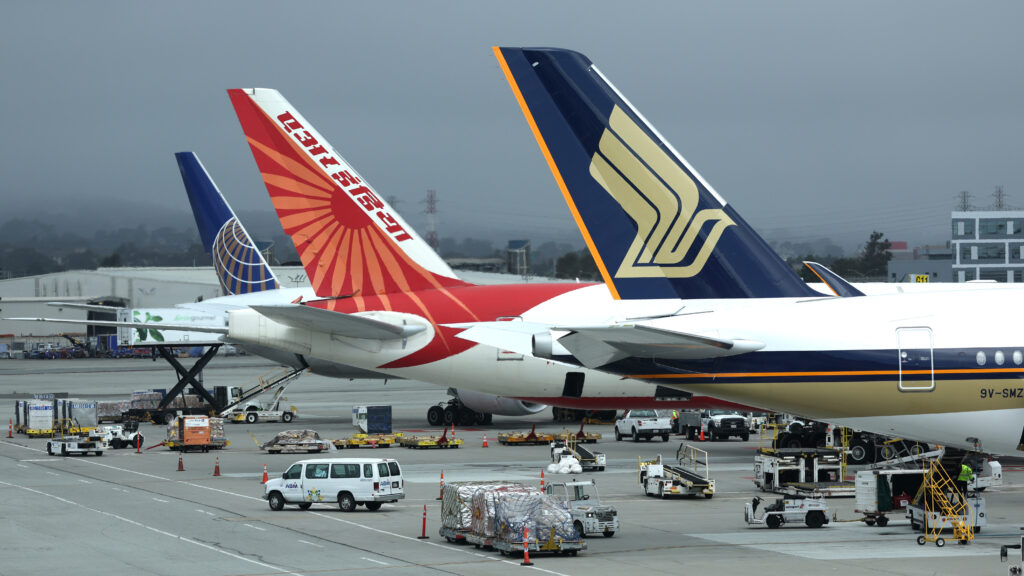For decades, the global aircraft leasing industry was centered in Europe and North America. Dublin, Ireland became the leasing capital of the world, while major U.S. players dominated financing and asset management. But in recent years, there has been a noticeable shift: Asia and the Middle East are rapidly becoming the focal points for growth and opportunity in aircraft leasing.
So, why are lessors increasingly turning their attention to these regions?
1. Explosive Air Travel Demand in Asia
Asia is projected to account for over 40% of global passenger traffic growth over the next 20 years. With booming middle-class populations in countries such as India, Indonesia, Vietnam, and the Philippines, air travel is no longer a luxury but an essential part of mobility.
Airlines in these markets are aggressively expanding fleets to meet surging demand. Leasing provides them with flexibility, cost efficiency, and access to the latest aircraft without heavy upfront capital investments. This makes Asia a prime market for lessors eager to place aircraft quickly and profitably.
2. Middle East Airlines as Global Connectors
The Middle East, particularly hubs like Dubai, Doha, and Riyadh, has established itself as a strategic aviation crossroads. Airlines such as Emirates, Qatar Airways, Etihad, and the rapidly growing Saudia are expanding their fleets to serve ultra-long-haul routes and capture transfer traffic between East and West.
The region’s governments see aviation as a pillar of economic diversification and are backing airlines with infrastructure investments and ambitious fleet growth. This creates a stable environment for lessors, where placement opportunities are strong and credit risk is often underpinned by government support.
3. Diversification from Traditional Markets
European and U.S. markets are maturing and highly competitive. With slower growth, intense regulatory scrutiny, and increasing sustainability pressures, lessors are finding limited expansion opportunities.
In contrast, Asia and the Middle East offer younger, high-growth airlines with ambitious expansion strategies. Lessors benefit by diversifying their portfolios, reducing exposure to slower-growth Western carriers, and aligning with dynamic regions driving global aviation’s future.
4. Favorable Demographics and Government Policy
- Asia: Young populations, rising disposable incomes, and urbanization trends ensure long-term growth in aviation demand.
- Middle East: State-backed aviation expansion programs, such as Saudi Arabia’s Vision 2030, position the region as a future global aviation hub.
Governments in both regions are actively encouraging aviation financing and leasing structures, sometimes even offering tax and legal incentives to attract lessors.
5. Opportunities in Secondary Markets
Beyond major carriers, there is also huge demand among second-tier airlines in Southeast Asia, South Asia, and North Africa. Many of these carriers rely heavily on operating leases, creating sustained opportunities for lessors to place aircraft and engines that might otherwise sit idle in Western markets.
Conclusion: The Future is East
The shift of lessors toward Asia and the Middle East is not just a trend — it’s a structural transformation of the global aviation finance industry. These regions offer a unique combination of demand growth, strategic positioning, and government support that makes them irresistible for leasing companies.
For lessors, the message is clear: to remain competitive and relevant, Asia and the Middle East must be at the heart of fleet placement strategies.
At Prolink Aviation, we are aligned with this momentum — working alongside global MROs, leasing companies, and airlines to capture opportunities in these fast-growing aviation markets.


